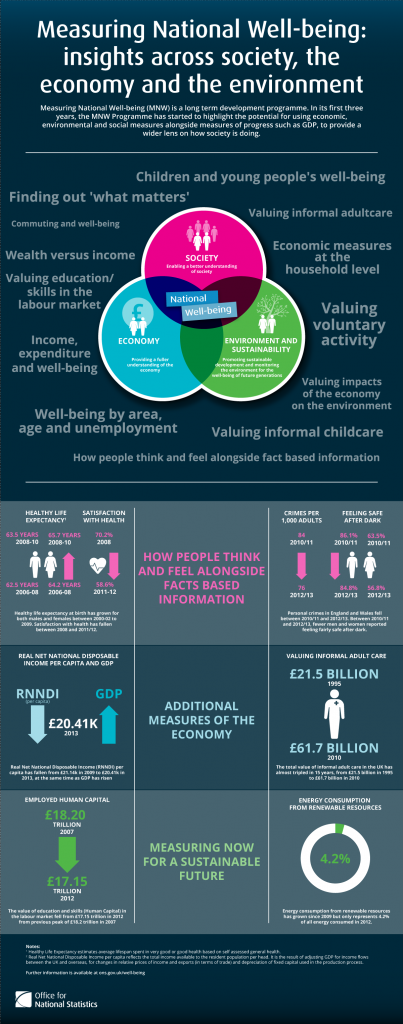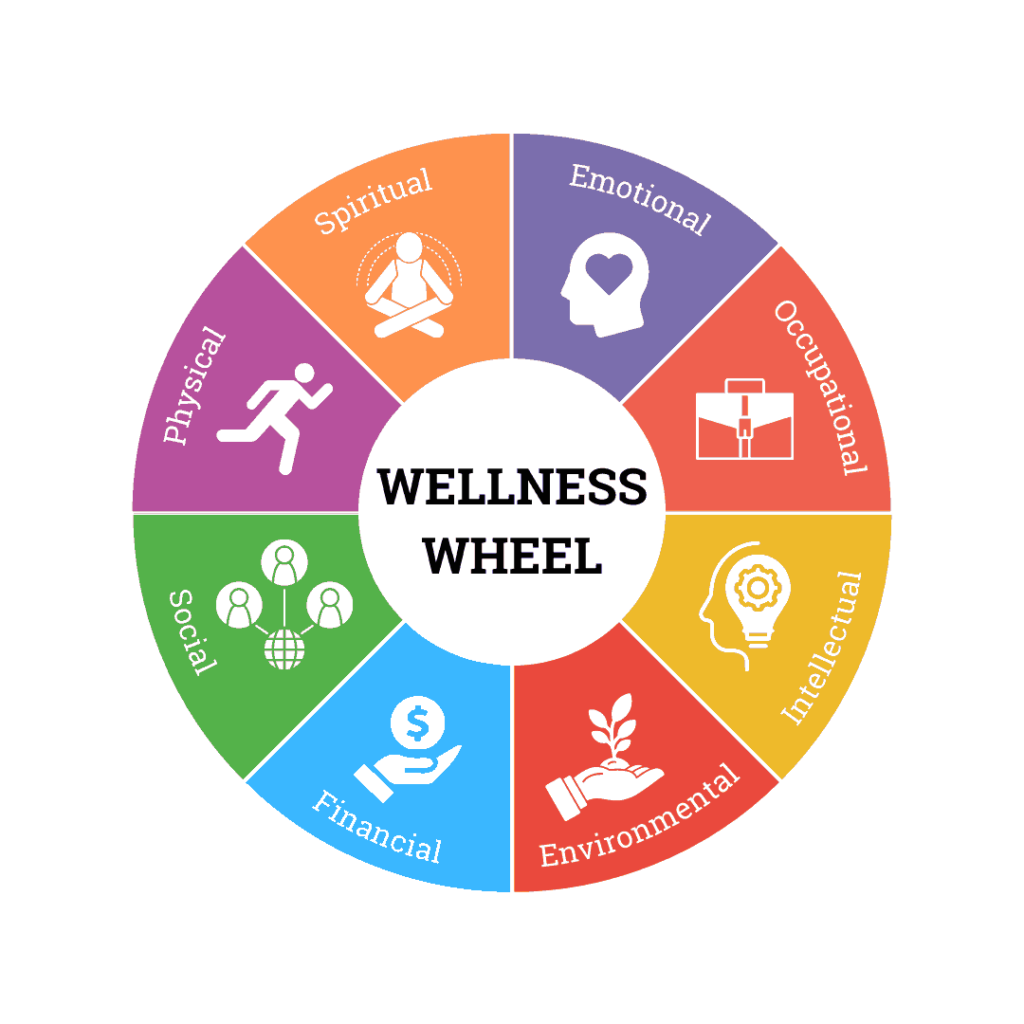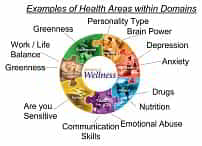Health, Well-Being, Quality of Life, Wellness, Happiness
Are these the same thing – or slightly different? On our site we tend to group them together – it’s helping people we want to focus on. Here we give you some basic information on how these things can differ – read on if you’re interested!
The World Health Organisation policy framework
Before WWII, health meant not being ill. In 1948 the World Health Organisation (WHO) proposed a definition that viewed health as “a state of complete physical, mental, and social well-being and not merely the absence of disease and infirmity” (WHO, 1948).
In the WHO’s policy framework ‘Health 2020’ health and mental health are affected by well-being, which can be considered and measured in a number of different ways. Organisations are trying to develop ‘life satisfaction’ as a common currency!
The Global Wellness Institute explain why we desperately need an overall wellness policy and show this in a report you can download here. NB you have to be a member to download stuff!
Scroll down for LOTS of statistics about how healthy we are (in England) – you can download the GWI’s report on the UK’s $168 billion wellness industry (published in November 2022) here.
Then there’s happiness. Although this isn’t quite the same as health, it’s clearly a key component, especially as we start to look at well-being etc. We should consider happiness as part of our definition, and see how these things all fit together.
There are many ways of looking at health or well-being, and four slightly different views are shown below, along with sources and definitions (just click on the word), and the disciplines they arose from. Don’t worry if this seems a bit technical – I guess the point is that health, or well-being, or wellness, or quality of life, all have slightly different histories and slants. And happiness, which has its own components and measures, and which is measured around the world. And prosperity, which also has its own worldwide index.
We think they’re all relevant and we don’t really differentiate!
This focusses on pleasure and happiness, and the most popular model is ‘Subjective Well-being’
Source:
Psychology and sociology disciplines
This suggests that psychological health is by fulfilling your potential and realising your true nature
Source:
Psychology and sociology disciplines
This relates also to physical health, social relationships and independence as well as psychology
Source:
Medical disciplines
This is a more holistic approach, including spirituality, personality, as well as maximising potential.
Source:
Counselling disciplines
Check out the video here which compares these two forms of well-being and happiness. Basically the first involves enjoying yourself and avoiding unpleasant emotions. The second is about personal growth and looks at wider issues.
Interestingly both versions were ‘defined’ by Greek philosophers thousands of years ago!
Wellness is quite a well defined concept, and there seem to be a number of different dimensions involved. The US Substance Abuse and Mental Health Services Association have a good video which describes the eight dimensions of wellness.
Quality of life is abigger picture looking at what’s important. and the Organisation for Economic Growth and Development (OECD) have a video which shows how this varies round the world.
Happiness
Digging around in the Oxford dictionary shows us that: happiness is the state of feeling or showing pleasure or contentment. So it’s not permanent – it’s a state. Also it’s not as intense as joy or ecstasy and can be internal or external (feeling or showing).
You can track your own happiness with Hugo or download the world happiness report below. The video uses rodents to make a point.
Prosperity
Legatum rank 169 countries around the world, covering 99.4% of the world’s population. Almost 300 indicators are used to measure the current prosperity and how this changes by year.
You can look at the site or download their report for the UK below.
Office of National Statistics Measuring National Well-being Programme
Personal well-being is part of the international Measuring National Well-being (MNW) programme, which looks at subjective measures as well as income and health.
It uses the 4 questions below (ONS4) which were first added to the Annual Population survey in April 2011.
Table 1: Four measures of personal well-being
| Next I would like to ask you four questions about your feelings on aspects of your life. There are no right or wrong answers. For each of these questions I’d like you to give an answer on a scale of 0 to 10, where 0 is “not at all” and 10 is “completely”. | ||
|---|---|---|
| Measure | Question | |
| Life Satisfaction | Overall, how satisfied are you with your life nowadays? | |
| Worthwhile | Overall, to what extent do you feel that the things you do in your life are worthwhile? | |
| Happiness | Overall, how happy did you feel yesterday? | |
| Anxiety | On a scale where 0 is “not at all anxious” and 10 is “completely anxious”, overall, how anxious did you feel yesterday? | |
| Source: Office for National Statistics | ||

Personal and economic well-being
The ONS issued a report combining this with economic data in February 2020 for Q3 2019 – you can download it.
Notes:
1.p.p refers to percentage point change.
2.“Compared with last year” refers to Q3 (Jul to Sep) 2019 compared with Q3 (Jul to Sep) 2018.
3.“Change in aggregate balance compared with last year” refers to Sep 2019 compared with Sep 2018.
4.“Compared with previous year” refers to 2018 to 2019 compared with 2017 to 2018.
5. “In the year to Q3 (July to Sept 2019)” refers to Quarter 3 (July to Sept 2019) compared to Quarter 3 (July to Sept 2018).
Life in England
This information combines personal well-being information with information on community, volunteering and social cohesion from the Community Life Survey 2018-19. Hover over a chart for more information.


